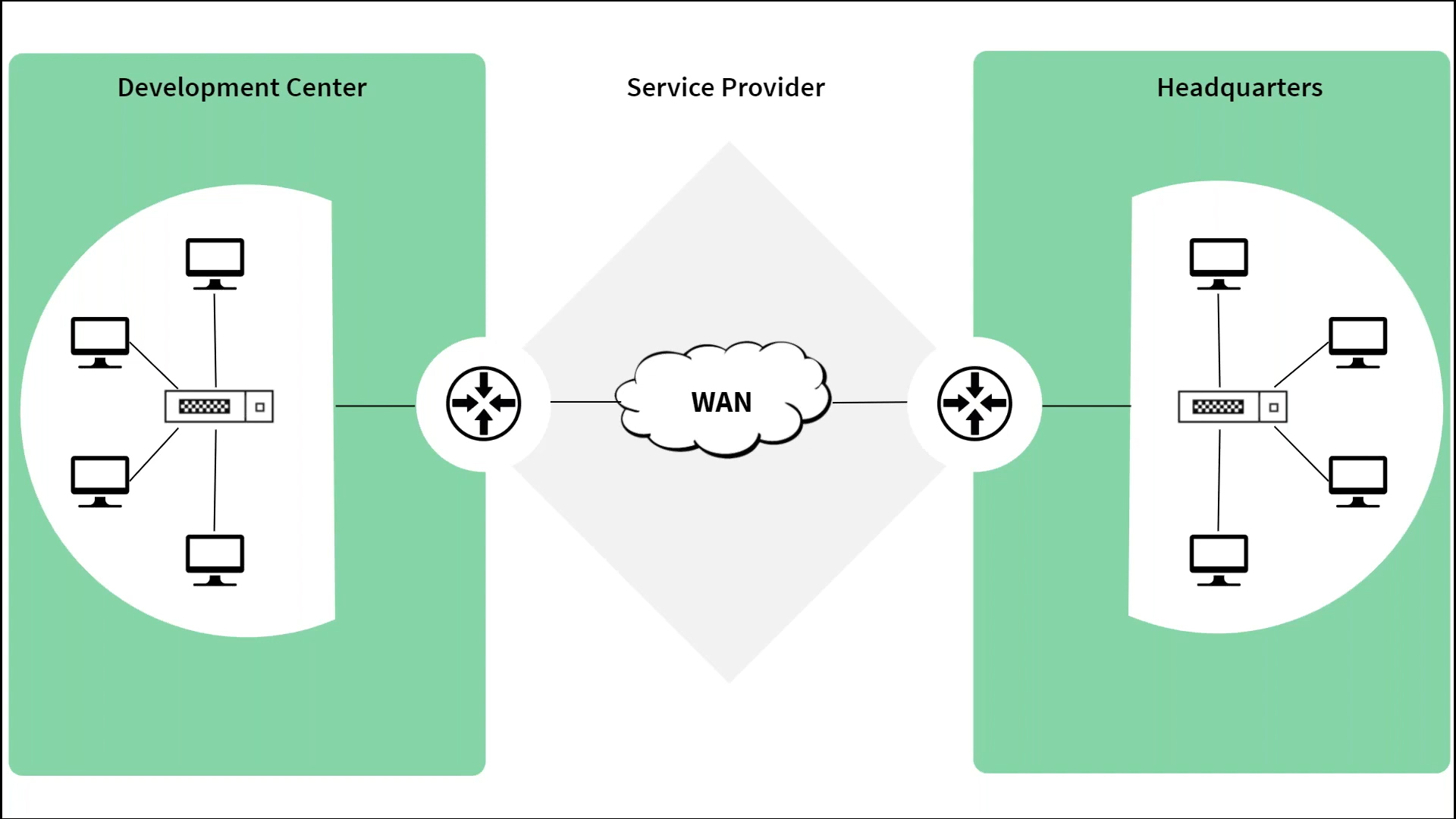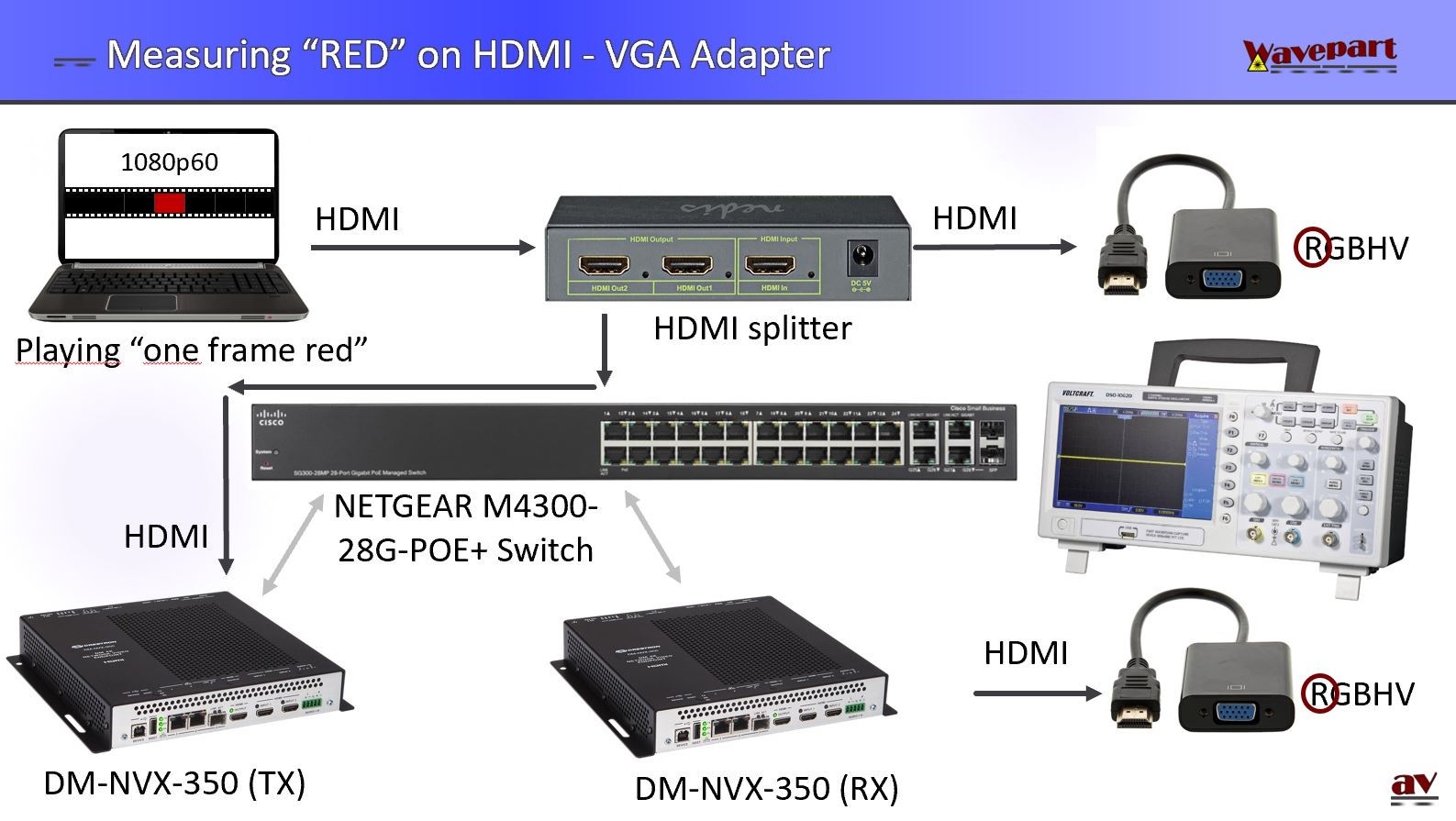

By analyzing response time to end user requests, the system or component that is at the root of the issue can be identified. To minimize the impact of packet loss and other network performance problems, it is important to develop and utilize tools and processes that identify and alleviate the true source of problems quickly. Since retransmission is a method utilized by network protocols to compensate for packet loss, the network congestion that initially led to the issue can sometimes be exacerbated by the increased volume caused by retransmission. The end effects will be detected by users in the form of voice and streaming interruptions, or incomplete transmission of files.
#MEASURE NETWORD LATENCY IN NEOLOAD SOFTWARE#
Packet loss can be caused by network congestion, router performance and software issues, among other factors. This metric can be quantified by capturing traffic data on both ends, then identifying missing packets and/or retransmission of packets. With regards to network performance measurement, packet loss refers to the number of packets transmitted from one destination to another that fail to transmit. The absolute limit or governing factor for latency is the speed of light, but packet queuing in switched networks and the refractive index of fiber optic cabling are examples of variables that can increase latency. Ideally, the latency of a network is as close to zero as possible. This parameter is sometimes referred to as delay. With regards to network performance measurement, latency is simply the amount of time it takes for data to travel from one defined location to another.


Both of these broad categories can significantly impact end user experience and are influenced by several factors. Many of the parameters included in a comprehensive network performance measurement solution focus on data speed and data quality. To ensure optimized network performance, the most important criterion should be selected for measurement. Network Performance Measurement Parameters Advanced tools provide cutting edge data packet capture analytics, software solutions that integrate user experience data into effective root cause analysis and trending, and large-scale network performance measurement dashboards with remote diagnostic capabilities. The continuous improvement of network performance monitoring tools has enabled IT professionals to stay one step ahead of the game. This testing requires an additive level of data traffic by nature, so it must be scheduled appropriately to minimize impact on existing network traffic In addition, by measuring network performance using actual applications, a realistic assessment of the user experience may be obtained.Īctive networking performance measurement tools generate data that can be tailored to baseline performance using pre-set routines. This category of tool minimizes network disruption, since no additional traffic is introduced by the tool itself. Passive network measurement tools monitor (or measure) existing applications on the network to gather data on performance metrics. Network performance measurement tools can be broadly categorized into two types - passive and active. While measuring and monitoring network performance parameters are essential, the interpretation and actions stemming from these measurements are equally important. The performance of a network can never be fully modeled, so measuring network performance before, during, and after updates are made and monitoring performance on an ongoing basis are the only valid methods to fully ensure network quality. Proactive network performance management solutions that detect and diagnose performance issues are the best way to guarantee ongoing user satisfaction. When delivering services and applications to users, bandwidth issues, network down time, and bottlenecks can quickly escalate into IT crisis mode. Effective network performance translates into improved user satisfaction, whether that be internal employee efficiencies, or customer-facing network components such as an e-commerce website, making the business rationale for performance testing and monitoring self-evident. The demands on networks are increasing every day, and the need for proper network performance measurement is more important than ever before. Network performance measurement is therefore defined as the overall set of processes and tools that can be used to quantitatively and qualitatively assess network performance and provide actionable data to remediate any network performance issues. This encompasses numerous parameters and measurements that must be analyzed collectively to assess a given network. Network performance is defined by the overall quality of service provided by a network.


 0 kommentar(er)
0 kommentar(er)
